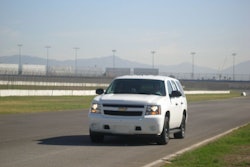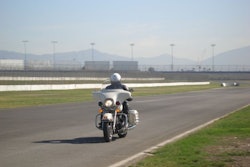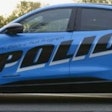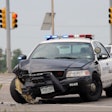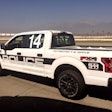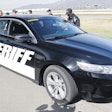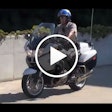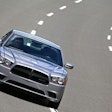A GPS-based tracking system could provide law enforcement agencies with an alternative to high-speed pursuits that police administrators say create liability and officer-safety concerns.
Each year, about 360 people are killed during police pursuits. About a third of those are bystanders, according to the National Highway Traffic Safety Administration. Of course, the other two-thirds are officers or suspects. Also, about 35-40 percent of pursuits end in a crash, according to a report in USA Today.
This data is leading the nation's 17,000 police departments to lean toward more restrictive pursuit policies. The Milwaukee Police Department, for example, revised its pursuit policy effective March 30 to require additional proceedures for the officer initiating pursuit.
The initiating officer must now provide regular updates to the dispatcher; a field supervisor/higher authority must acknowledge he/she is monitoring the pursuit; seatbelts must be worn at all times; and motor officers may only pursue until a marked patrol unit can take over.
Instead of a written "no pursuit" policy, departments usually impose stringent restrictions can often create such a climate. The LAPD's Chief Charlie Beck says these restrictions on pursuits improve officer safety.
"I'm going to give officers the tools they need, but it is also my job to make sure they're safe," Beck told POLICE Magazine. "And that when they use these tools through excitement or adrenaline rush, they don't use them at a time when they won't be effective or may create a greater danger than already exists."
Departments that reign in pursuits risk allowing suspects to escape, but there is a third way. Late last year, the Arizona Department of Public Safety (DPS) began using the StarChase pursuit management system by Advanced Public Safety.
The agency was the first to begin using this real-time tagging and tracking system. Here's how it works.
The system uses a compressed-air launcher mounted in your patrol vehicle's grille that fires a GPS tracking tag at a suspect's fleeing vehicle. The tag, which is slightly larger than a D battery, adheres to the fleeing vehicle includes a GPS tracker that transmits location information to dispatchers via a secure, Web-based mapping application.
Dispatchers then monitor the movements of the vehicle on a map interface, while keeping officers fully apprised of its location.
"Because the smuggling of drugs, guns and humans is so prevalent along Arizona's highways, we at DPS must use all of the tools available to us to apprehend those committing such crimes, especially if the suspects decide to run from our officers," said Roger Vanderpool, director of the Arizona DPS. "The StarChase system not only helps us track and apprehend fleeing suspects, but it helps us locate them and take them into custody without engaging in pursuits that could jeopardize public safety."
Editor's note: Watch a video of the StarChase pursuit management system in action.






